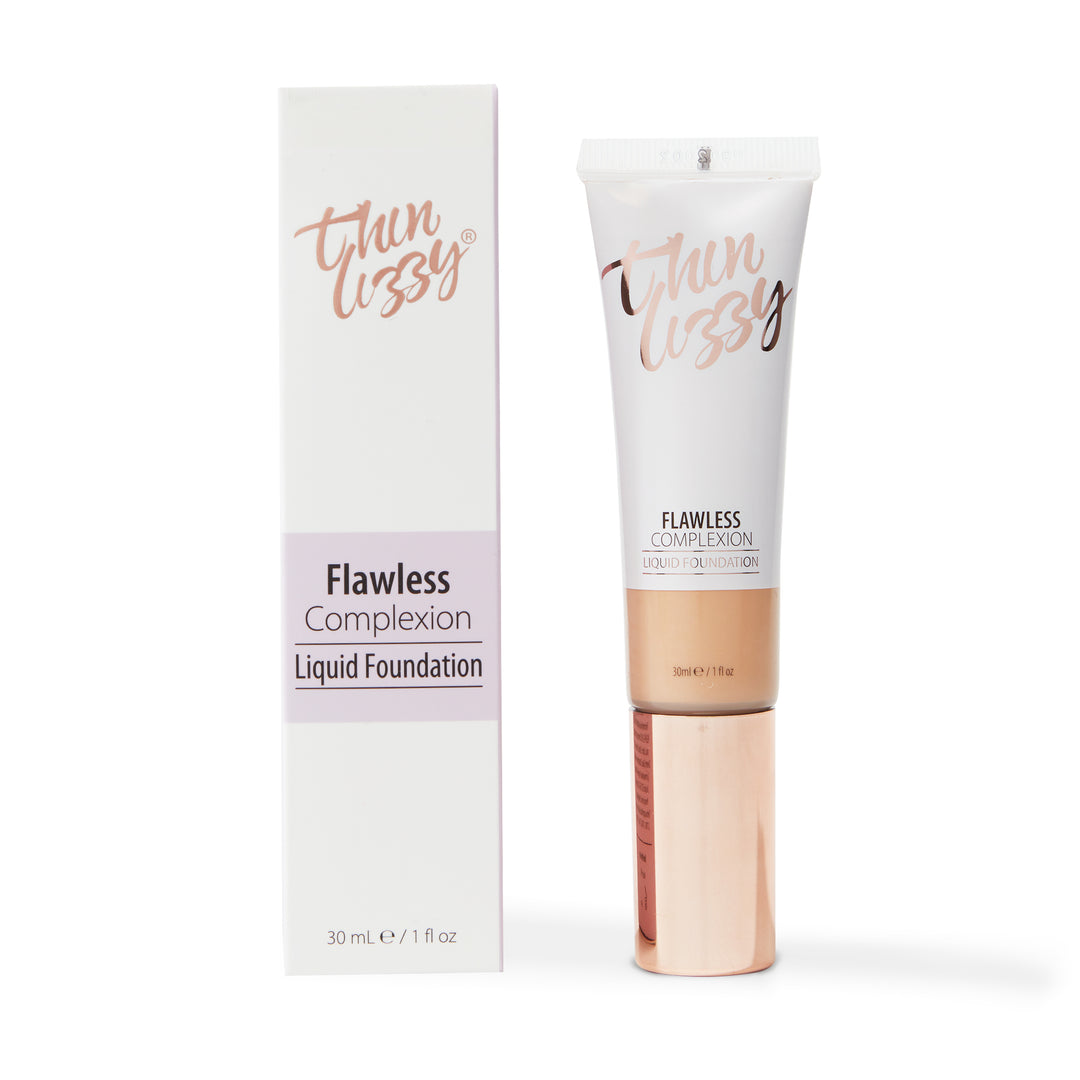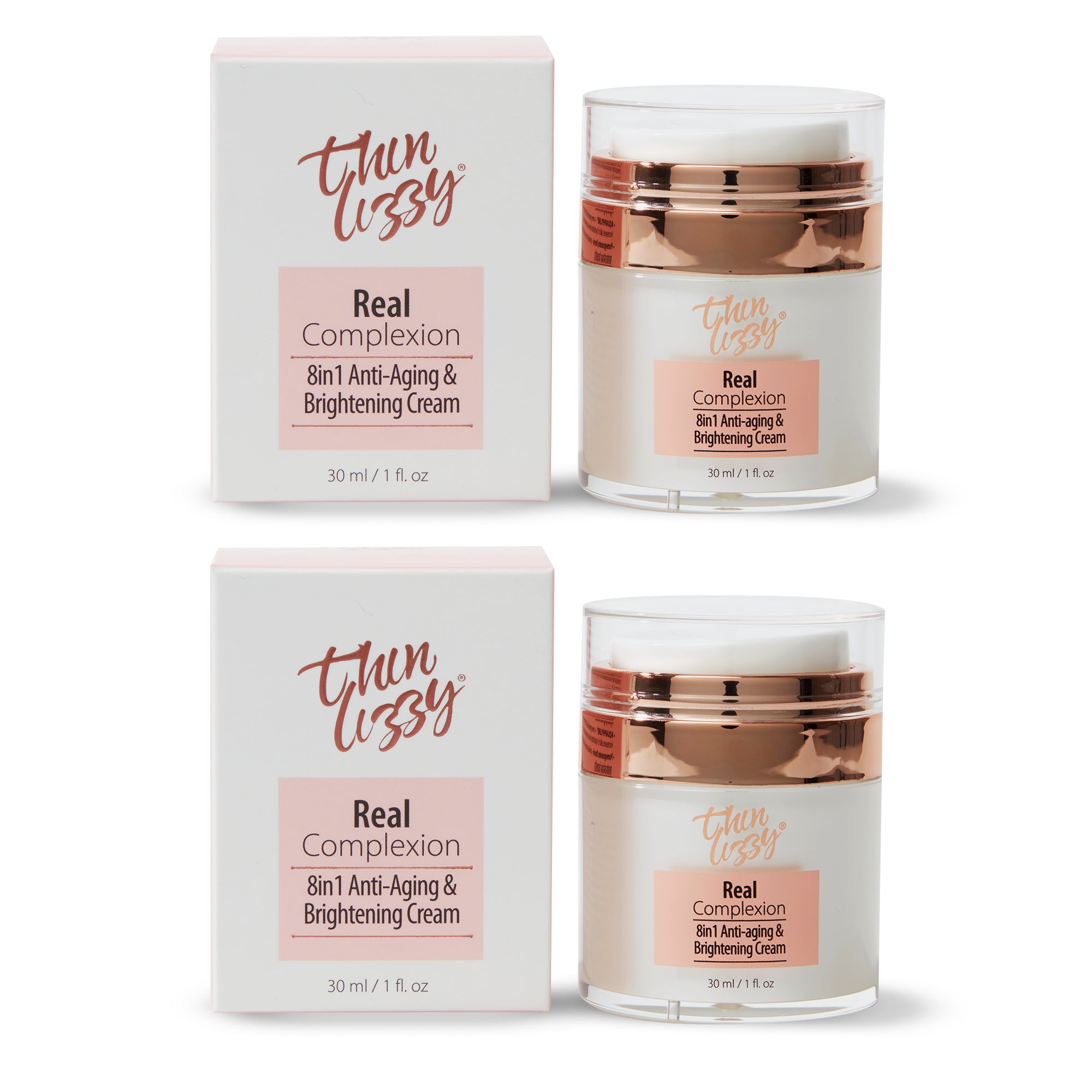Letters From a Model: My Secret to Radiant Skin

DIY dermaplaning is a new skincare sensation that appeals to many of us… myself included. I distinctly remember being on set a couple of years ago, turning to look at the last image shot of my face on the monitor, and a feeling of horror washing over me. Technology has become pretty advanced, which means that when you’re front and center on a beauty shoot, there’s nowhere (and I mean nowhere) to hide. Looking at my face through a macro lens showed everything, but what struck me the most was the fine hair on my face. A quick google search led me to stumble across dermaplaning. Had I found the solution to my dilemma? Well, before I let you in on that, let’s have a look at the basics of dermaplaning….
DERMAPLANING: THE BASICS
How does dermaplaning work?
Dermaplaning is a skincare treatment that involves using a sterile, small sharp blade to gently remove the top layer of dead skin cells, facial hair, and peach fuzz from the face. Traditionally, dermaplaning has always been done in skin clinics by professionals such as dermatologists and facialists. However, in recent years it has become trendy to do the treatment yourself at home.
What are the pros and cons of dermaplaning?
Dermaplaning has gone viral for a reason… there are a multitude of benefits to be had from adding it to your skincare routine. Having said that, there are a couple of drawbacks to consider, but we’ve got you covered with all the info you need to decide if dermaplaning is right for you…
Pros
One of the main benefits of dermaplaning is that it can help to remove facial hair and peach fuzz. Removing this hair can help our skin look clean and clear, by making the texture appear smoother. Dermaplaning can also improve the texture and tone of our skin. By removing dead skin that is on the surface of our skin, our complexion looks younger, and brighter. Removing this debris from the surface layer has benefits such as allowing skincare products to penetrate deeper into the skin, as well as allowing makeup to glide onto the skin and appear fresher. Removing fine facial hair also makes our skin look much better in photos; our cameras pick up everything, including what we don’t want them to see! This is when dermaplaning can be your best friend. Furthermore, I was initially hesitant to begin dermaplaning as I was always told that if you shave your face that the hair grows back thicker… thankfully, this is a myth and not something I have experienced! Dermaplaning is also very safe when done correctly and carefully.
Cons
Whilst self-dermaplaning is relatively safe, a con of dermaplaning is that if you aren’t careful or have a slip up, you can nick your skin. This is why it is super important to know what you’re doing and to always be careful when dealing with a sharp blade. Dermaplaning may also not be suitable for those who are experiencing skin issues such as cystic acne (or other raised blemishes), broken skin or irritation. Another con can be that if the blade isn’t totally clean, it can cause breakouts or reactions, so make sure that everything is sanitized and prepped before you begin.
How can I dermaplane at home?
One of the great beauties of dermaplaning is that it is so simple it can be done at home as part of your regular skincare routine. But let’s be real… if you’re taking a blade to your face, you need to know what you’re doing! Here is my step by step guide, so you have all the information you need to help you dermaplane at home.
- Tools
First things first, you need to have the right tools. Dermaplaning requires a specific tool with a single blade and long handle, that can be purchased online, or from a local pharmacy or supermarket, so it is very affordable and accessible. Make sure the blade is sanitized and sharp so you can safely give yourself this at home skin treatment.
- Clean Skin
In addition to having clean tools, it is vital that your skin is also clean. Use a gentle cleanser to remove any makeup, sunscreen or residual dirt or sweat, so that your skin is clean and ready for dermaplaning. Following this, some people like to apply a facial oil before dermaplaning to help the blade glide more smoothly across the skin. However, this is an optional step.
- Dermaplane
Now that your tools and skin are all prepped, it’s time to dermaplane! Firstly, have a clear action plan… know the areas you’re wanting to focus on. Once you’re clear on this, gently pull and hold your skin so its taut, and very gently begin to dermaplane, holding the blade at a 45-degree angle. Use very light pressure, repeating gentle scraping motions until all unwanted hair and dead skin has been removed.
- Aftercare
Once you have finished dermaplaning, use a damp facecloth to wash off the excess hair and dead skin. Follow up with a rich moisturizer to lock in hydration and apply a sunscreen if it’s the daytime.
Dermaplaning has been a lifesaver for me and is now a staple in my skincare routine. It’s definitely something that has helped me in my job as well as my day-to-day life; I mean who doesn’t want perfect skin texture? So yes, in this case I did find dermaplaning to be the solution to my skin dilemma. However, everyone’s skin is different, so make sure that you weigh up the pros and cons before you decide if it’s right for you.








